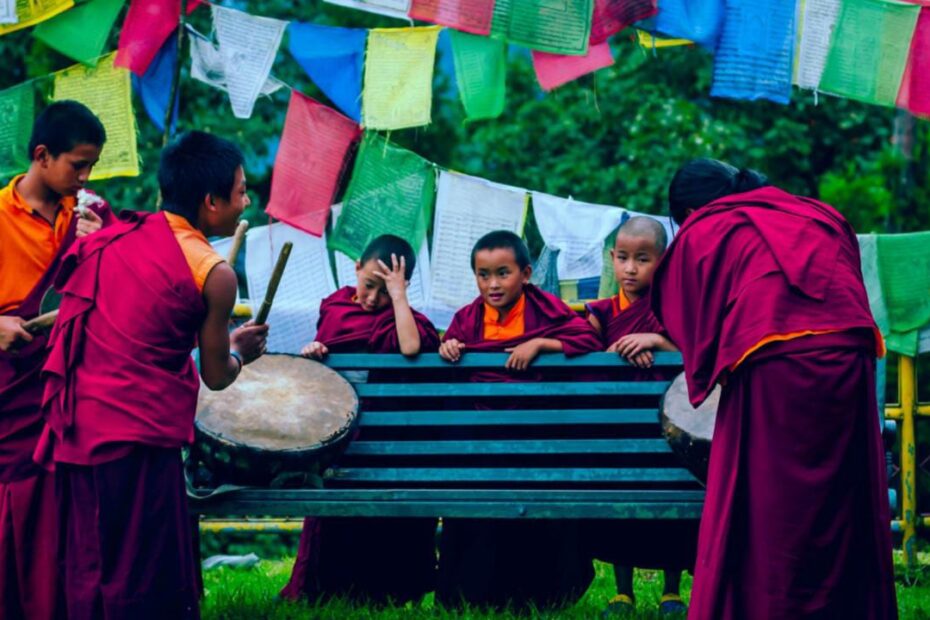Sikkim is long known for its spectacular glaciers, lovely scenery, and a wide variety of flora.
It is also one of the top vacation locations to visit because of its natural beauty as well as its rich history and culture.
ADVERTISEMENT
The festivals held here represent Color, elegance, history, and traditions.
You can attend these enchanting occasions while on vacation in this lovely state.
Some of the famous festivities in Sikkim are,
Let’s see each of these in detail.
1. Saga Dawa
Saga Dawa Festival is one of Sikkim’s most well-known celebrations.
The festival is specially dedicated to Lord Buddha’s birthday and is a special day for Mahayana Buddhists.
Tourists and travelers who want to know the core ideas of Buddhism take part in this grand festival and enjoy the glory of the grandeur.
Mahayana Buddhist monks light butter lamps at their monasteries. By lighting these lamps, they pay homage to Lord Buddha who enlightens their path.
ADVERTISEMENT
Devotees pay their respects to Lord Buddha, to attain salvation and sanctity.
You can also observe street processions during this festival.
Prime highlight: Buddhist monks lighting butter lamps in the monasteries.
2. Sonam Lhochhar
The festival, also known as Sonam Lhosar, is one of Sikkim’s most well-known celebrations. It is observed by the Tamang population of northeast India.
For the Tibetan population, this marks the start of the Tibetan New Year.
The procedures are carried out with fervor, and the festivities are full of grandeur and zeal.
Both men and women dress colorfully and traditionally. Masked men dance to the rhythmic rhythms of Damphu ( a small round drum known traditionally) to expel all negative energies and evil spirits.
The delicious Tamang cuisine served during this festival is wonderful and delicious. Nepal, Bhutan, and Tibet also observe this popular event.
Prime highlight: Tamang Folk Songs called “Tamang Selo”. And the Damphu Dance
3. Losar
It is a Tibetan term that means “New Year” in English.
It marks the end of the harvesting season that provides farmers with a deep relief from all of their hard work and to celebrate their toil and patience.3
This particular festival is primarily concerned with the celebration of the land, the harvest, and local communities.
It is also celebrated with great enthusiasm and zeal.
ADVERTISEMENT
The occasion is extremely important to Tibetan Buddhists as well.
The practice of creating a mixture of roasted barley flour and butter and giving it to a household shrine is also a noteworthy feature of this festival among other things.
The offerings made are essentially a prayer for a good crop in the coming New Year.
Prime Highlights: Offerings and celebrations of the harvest
4. Bhumchu
The term Bhumchu refers to a sacred water vessel. The festival’s rites and rituals revolve around the sacred pot of water.
This occasion, like other Sikkim festivities, is celebrated with much pomp and grandeur, with a special emphasis on ceremonies and rituals.
The monks of Tashiding Monastery open the sacred vase of water on the first day of the festival.
This is performed to foresee the future and predict the fortunes of the upcoming year.
If you are visiting Sikkim during this festival, don’t miss to have a glimpse of this significant festival.
During the second-day closing ritual, the pot is refilled with water from a nearby sacred river and sealed, ready to be opened the following year.
It is an excellent opportunity for travelers to have a deeper look into the traditions and customs of Buddhism.
Prime highlights: Rites and rituals of the sacred vessel
5. Pang Lhabsol
Pang Lhabsol, probably one of the most popular Sikkimese festivals, is celebrated to honor Mt. Kanchenjunga, Sikkim’s guardian deity.
This mountain is also considered to have safeguarded the people and essence of this lovely state.
It also celebrates the “Treaty of Brotherhood” among Lepchas and Bhutias thus uniting the Sikkimese.
ADVERTISEMENT
The festival is celebrated between August and September in the Tsuklakhang Monastery.
Carnivals, energetic dance performances, llama warrior dances, and the delectable Sikkimese cuisine make it a lively celebration. Travelers from all over India visit Sikkim at the time of this festival.
Prime highlights: Fierceful dances of Llama warriors.
These festivals and celebrations in the state of Sikkim provide a lovely blend of all of the components of colorful elements and vibrancy.
Check out the calendar to plan your vacations to Sikkim during these famous festivals.
Other places to visit in Sikkim
- 6 Amazing Things To Do (And Experience) In Gangtok, Sikkim
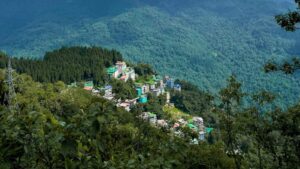
- 6 Beautiful Tourist Spots In West Sikkim (India)
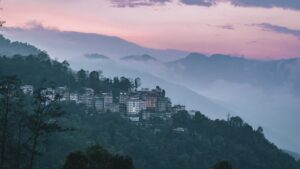
- Silk Route Tour (Sikkim) – Attractions, Trip Itinerary
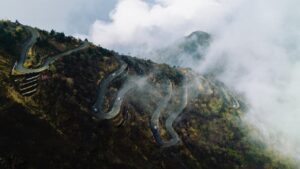
- 6 Popular Places That You Must Visit In Namchi (Sikkim)
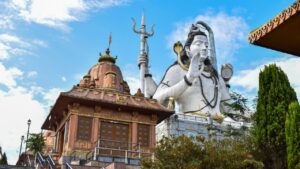
- 6 Best Offbeat Destinations To Visit In Sikkim (India)
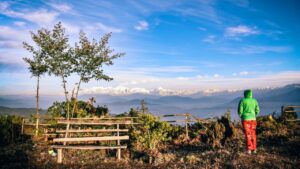
- 5 Nights 6 Days Sikkim Trip Itinerary – Attractions, Places to stay
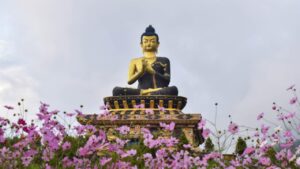
Disclaimer: Some of the links provided in the article may contain affiliate links. This means when you book or buy something using these links, you help support the website at no extra cost.

